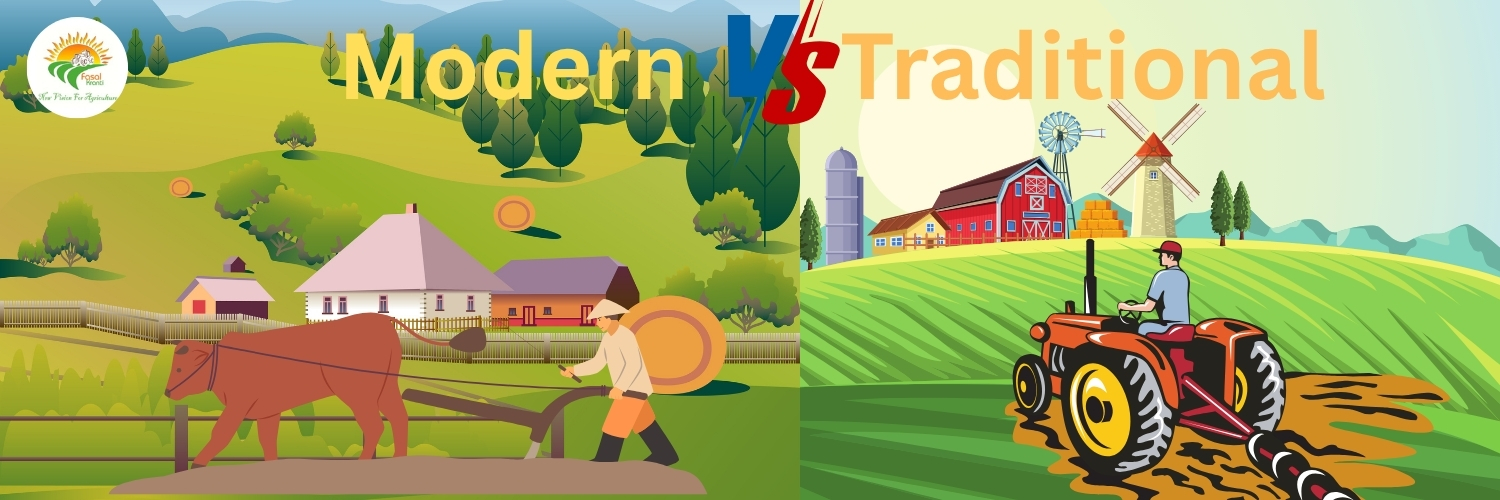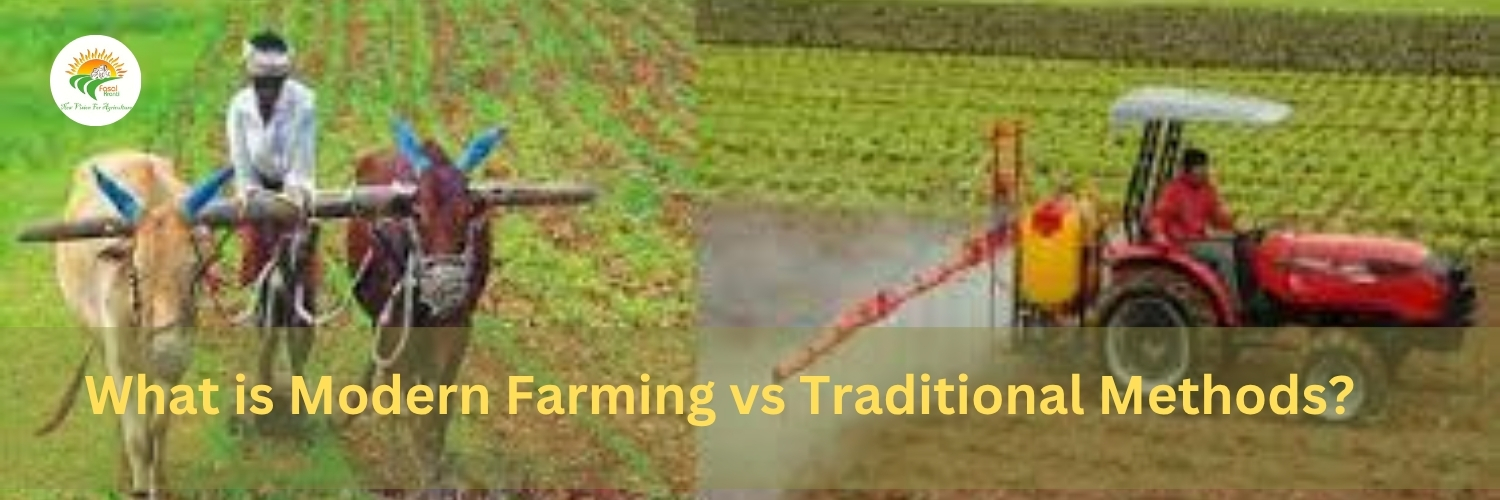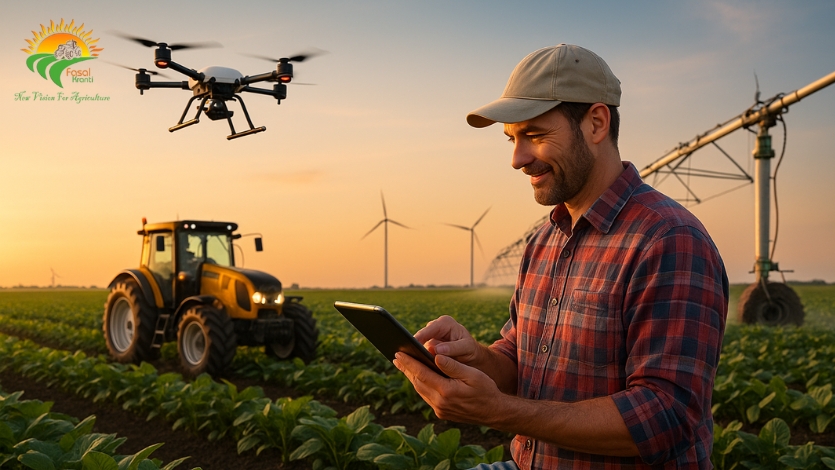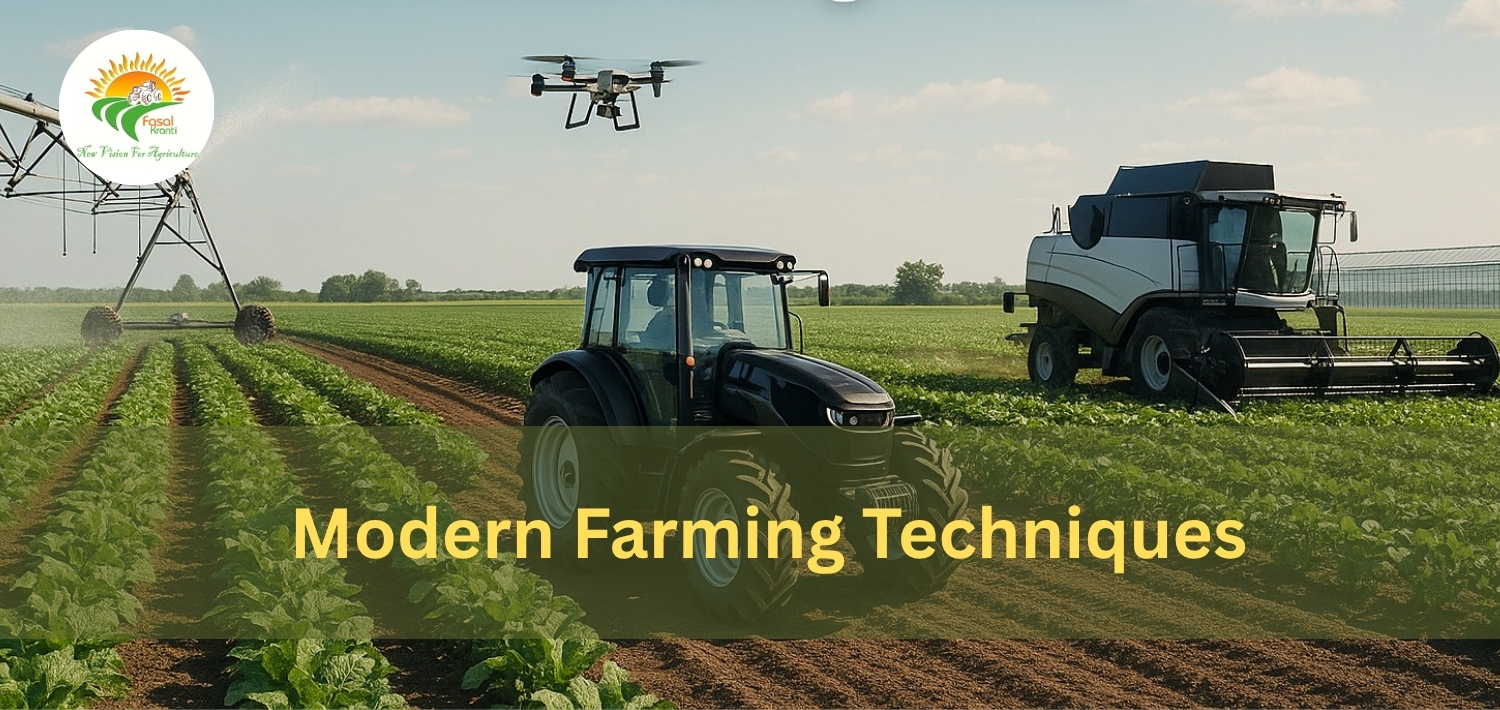How Farmers Adopt Modern Farming

Modern farming is not just about machines and science it's about people. At the heart of this transformation are the farmers themselves. Across fields, villages, and borders, farmers are navigating a world that demands more food, fewer resources, and smarter solutions.
But how do they do it? How do traditional growers embrace this new way of farming? In this article, we’ll explore how farmers adopt modern farming practices, the emotional journey they experience, and the powerful technologies that are reshaping agriculture one field at a time.
Understanding the Need: The First Step toward Change
Before adopting any new practice, a farmer must feel the need for change. This often starts with challenges such as:
• Declining crop yields
• Unpredictable weather
• High labor costs
• Soil degradation
These issues act as wake-up calls. When a farmer realizes that traditional methods no longer bring results, curiosity about modern farming begins. It's not always an easy shift some feel skeptical or overwhelmed by new technologies but awareness is the key spark.
Learning Through Peer Networks and Demonstration Projects
Most farmers don’t jump into modern farming overnight. They learn by observing others.
• Farmer Field Schools (FFS): Programs where groups of farmers attend seasonal training on real farms.
• Demonstration Farms: Places where new technologies are tested and shown in action.
• Word of Mouth: Success stories spread fast in rural areas. One farmer’s gain often inspires others to try.
Peer influence is strong in farming communities. When a neighboring farmer doubles their yield using drip irrigation or smart fertilizer methods, others want to know more.
Role of Training and Agricultural Extension Services
For a farmer, operating a drone or interpreting satellite data isn’t natural—it’s learned. That’s where training comes in.
• Government Agricultural Officers offer free or subsidized training.
• NGOs and private companies run workshops in rural areas.
• Online video platforms (like YouTube) have become unexpected classrooms for rural learners.
These resources teach farmers how to:
• Use precision farming tools
• Read data from sensors
• Maintain new equipment
• Understand soil health analytics
When farmers gain confidence, adoption becomes easier and faster.
Access to Affordable Technology and Subsidies
Cost is a major barrier to adopting modern farming. High-tech tools aren’t cheap. To make adoption realistic, farmers need:
• Subsidized equipment from government schemes
• Cooperative ownership models (where multiple farmers share machinery)
• Microloans and flexible finance options
Examples include:
• Renting drones per acre
• Leasing smart tractors for specific seasons
• Sharing soil testing kits in farmer groups
When technology becomes financially accessible, it transforms from a luxury to a necessity.
Embracing Mobile Apps and Digital Platforms
Smartphones have become game changers. Farmers now use apps for:
• Weather forecasting
• Crop advisory
• Market prices
• Pest and disease alerts
Some popular examples:
• Kisan Suvidha (India)
• Plantix – Crop Diagnosis
• AgriApp
These tools bring expert knowledge right into the farmer's hand no travel, no delay. It empowers them to make informed decisions every day.
6. Blending Traditional Wisdom with Modern Tools
Many farmers don’t discard traditional methods. Instead, they adapt and integrate.
For example:
• Using natural compost with sensor-based irrigation
• Practicing crop rotation while monitoring soil moisture via IoT
• Mixing indigenous pest control with AI-based prediction tools
This hybrid approach respects ancestral knowledge while improving results through modern science. It also makes the transition more emotionally acceptable.
The Emotional Journey: Trust, Fear, and Hope
Adopting modern farming is more than a technical decision it’s a personal one. Farmers face emotional hurdles:
• Fear of failure: “What if this doesn’t work?”
• Attachment to tradition: “This is how my father farmed.”
• Distrust in outsiders: “Are these tech sellers just here to profit?”
Over time, with support and small wins, emotions shift:
• Curiosity turns into confidence.
• Skepticism becomes excitement.
• Fear gives way to hope.
When farmers see results better harvests, lower costs, healthier soil—they believe in the process. Trust grows with experience.
. Community and Cultural Support
Culture matters. In many farming communities, change is influenced by:
• Village leaders and elders
• Agricultural cooperatives
• Religious or local festivals highlighting new techniques
When modern farming tools are presented in a way that honors local traditions, adoption increases.
Some areas organize Kisan Melas (Farmer Fairs) where new tools are showcased alongside cultural programs. This mix of tradition and innovation helps bridge the gap.
Future of Adoption: What's Next?
The future of modern farming adoption lies in:
• Automation: Self-driving tractors, robotic planters
• Artificial Intelligence: Predicting diseases, market trends
• Smart Irrigation Systems: Controlled remotely by apps
• Vertical and urban farming: Farming inside cities using hydroponics
Farmers will increasingly be “agri-managers,” making data-driven decisions instead of labor-intensive work. But their human insight, intuition, and passion will remain irreplaceable.
Conclusion
Modern farming is not just about adopting new tools—it’s about embracing a mindset of learning, evolving, and leading. Every farmer who takes a step toward innovation also steps into a better future for their family, their land, and the planet.
The journey isn’t always easy. But with community, training, and belief, farmers everywhere are proving that change is not only possible—it’s fruitful.
FAQs on How Farmers Adopt Modern Farming
Q1: Why do some farmers hesitate to adopt modern farming?
A: Fear of technology, high costs, and lack of knowledge often create resistance.
Q2: Can small farmers afford modern tools?
A: Yes, through subsidies, rentals, and shared ownership models.
Q3: Do farmers stop using traditional methods completely?
A: Not always. Many blend traditional and modern practices.
Q4: What role does government play in adoption?
A: By offering training, financial aid, and infrastructure support.
Q5: Is mobile technology really helping farmers?
A: Absolutely. Apps provide real-time data, boosting decision-making and yields.
Q6: How long does it take to fully adopt modern farming?
A: It varies. Some adopt quickly, others take seasons to adapt. Patience and support are key.\
Note: IndiBlogHub features both user-submitted and editorial content. We do not verify third-party contributions. Read our Disclaimer and Privacy Policyfor details.





